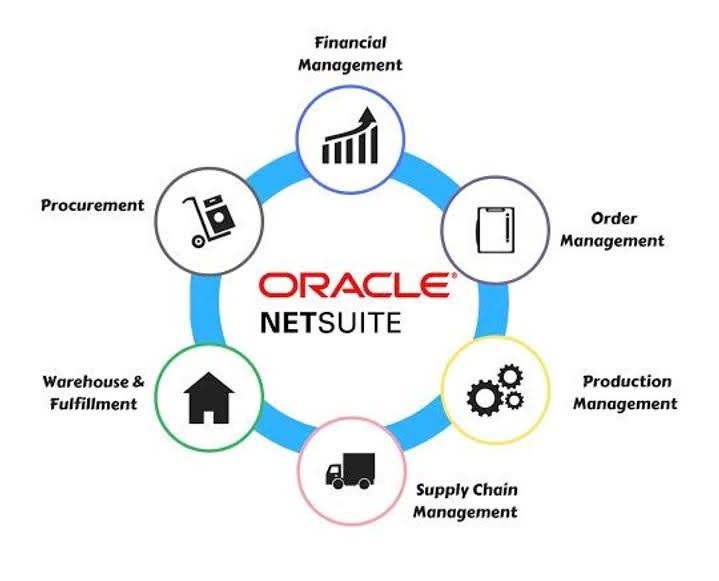
Like any brand new business, it has no assets, liabilities, or equity at the start, which means that its accounting equation will have zero on both sides. As a result of this transaction, the asset (cash) and owner’s equity (revenues) both increased by $9,000. This transaction results in an equal increase in assets and owner’s equity by $20,000. An owner has the right to take money or other assets for personal use. We make use of a separate category that we refer to as “drawings” in order to compute the total amount of withdrawals for each accounting period. Ted is an entrepreneur who wants to start a company selling speakers for car stereo systems.
Example Transaction #2: Purchase of Equipment for Cash

This is achieved through LiveCube, a ‘No Code’ platform, that replaces Excel and automates data fetching, modeling, analysis, and journal entry proposals. Unearned revenue from the money you have yet to receive for services or products that you have not yet delivered is considered a liability. Nabil invests $10,000 cash in Apple in exchange for $10,000 of common stock. Shareholders, or owners of stock, benefit from limited liability because they are not personally liable for any debts or obligations the corporate entity may have as a business. Shareholders’ equity comes from corporations dividing their ownership into stock shares.
- We will now consider an example with various transactions within a business to see how each has a dual aspect and to demonstrate the cumulative effect on the accounting equation.
- The accounting equation is often expressed as an accounting formula and states that the sum of liabilities and equity is always equivalent to the total assets of the organization.
- So whatever the worth of assets and liabilities of a business are, the owners’ equity will always be the remaining amount (total assets MINUS total liabilities) that keeps the accounting equation in balance.
- On the balance sheet, the assets side represents a company’s resources with positive economic utility, while the liabilities and shareholders equity side reflects the funding sources.
- The accounting equation is a factor in almost every aspect of your business accounting.
Main Purposes of Financial Statements (Explained)

That part of the accounting system which contains the balance sheet and income statement accounts used for recording transactions. The inventory (asset) of the business will increase by the $2,500 cost of the inventory and a trade payable (liability) will be recorded to represent the amount now owed to the supplier. It’s important to note that although dividends reduce retained earnings, they are not expenses. Therefore, dividends are excluded when determining net income (revenue – expenses), just like stockholder investments (common and preferred). In other words, the total amount of all assets will always equal the sum of liabilities and shareholders’ equity.
- Creditors are owed $175,000, leaving $720,000 of stockholders’ equity.
- Of course, this lead to the chance of human error, which is detrimental to a company’s health, balance sheets, and investor ability.
- Individual transactions which result in income and expenses being recorded will ultimately result in a profit or loss for the period.
- The accounting equation helps accountants to subsequently subcategorize the respective transactions into the double-entry system of accounting so that record-keeping and bookkeeping are done in a proper manner.
Our Services
After saving up money for a year, Ted decides it is time to officially start his business. He forms Speakers, Inc. and contributes $100,000 to the company in exchange for all of its newly issued shares. This business transaction increases company cash and increases equity by the accounting equation is expressed as the same amount. A liability, in its simplest terms, is an amount of money owed to another person or organization. Said a different way, liabilities are creditors’ claims on company assets because this is the amount of assets creditors would own if the company liquidated.
They might be known by a number of different names and come from a variety of different places, depending on the kind of business they are in. The assets that an owner contributes to a business are known as investments. Owners can increase their ownership share by contributing money to the company or decrease equity by withdrawing company funds. When a company purchases goods or services from other companies on credit, a payable is recorded to show that the company promises to pay the other companies for their assets. Now that we have a basic understanding of the equation, let’s take a look at each accounting equation component starting with the assets. For every transaction, both sides of this equation must have an equal net effect.
Arrangement #3: Assets = Liabilities + Owner’s Capital – Owner’s Drawings + Revenues – Expenses
Total debits and credits must be equal before posting transactions to the general ledger for the accounting cycle. The assets of the business will increase by $12,000 as a result of acquiring the van (asset) but will also decrease by an equal amount due to the payment of cash (asset). Shareholders’ equity is the total value of the company expressed in dollars. Put another way, it is the amount that would remain if the company liquidated all of its assets and paid off all of its debts.
- The balance is maintained because every business transaction affects at least two of a company’s accounts.
- As a result of this transaction, the asset (accounts receivable) and the owner’s equity (revenues) both increased by $5,000.
- On the other side of the equation, a liability (i.e., accounts payable) is created.
- An owner has the right to take money or other assets for personal use.
- Simply put, the rationale is that the assets belonging to a company must have been funded somehow, i.e. the money used to purchase the assets did not just appear out of thin air to state the obvious.
- This transaction affects both sides of the accounting equation; both the left and right sides of the equation increase by +$250.
What is asset? Definition, Explanation, Types, Classification, Formula, and Measurement
This methodical approach is fundamental to the accounting system’s integrity. Equity denotes the value or ownership interest on residual assets that an organization’s owner or shareholders would receive if all liabilities were paid. It is an important financial statement that is a key component of the balance sheet.

What Are the Key Components in the Accounting Equation?
- We show formulas for how to calculate it as a basic accounting equation and an expanded accounting equation.
- Accounts receivable list the amounts of money owed to the company by its customers for the sale of its products.
- Under which, the debit always equal to credit, and assets always equal to the sum of equities and liabilities.
- The most common sources of revenue are the sale of goods and services, the leasing of real estate, the provision of financial loans, commissions, fees, interest, royalties, dividends, and rent.
- In a double-entry accounting system, every transaction has two sides.
- HighRadius Solution empowers organizations to experience enhanced efficiency by leveraging the best of the latest accounting technology.
- Metro issued a check to Office Lux for $300 previously purchased supplies on account.